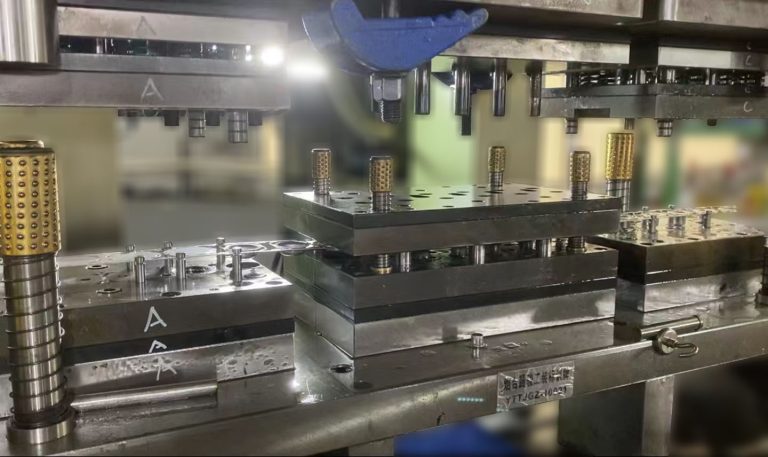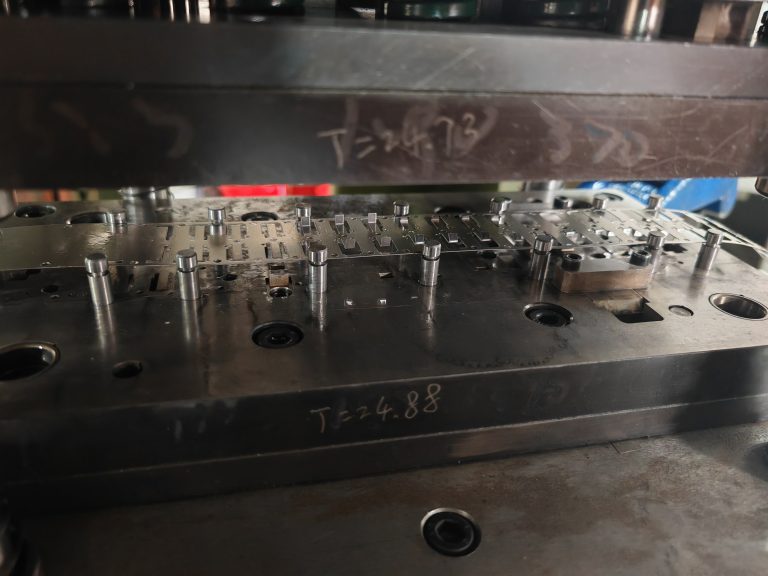Deep Drawing vs. Shallow Drawing in Metal Stamping
In metal stamping, deep drawing and shallow drawing are two commonly used forming processes. Understanding the differences between them will help…

In metal stamping, deep drawing and shallow drawing are two commonly used forming processes. Understanding the differences between them will help…

Stamping dies play a key role in the stamping process, affecting the quality and efficiency of parts production. Designing and manufacturing…

To ensure the quality of stamped parts, we need to focus on a series of influencing factors. From material selection to…
Welding defects such as porosity, cracks, and lack of fusion may occur even when the welding process is properly controlled. To…
Welding is a complex process, and various problems are often encountered during actual operations. Metaco will introduce some common welding problems…

Metaco’s OEM Welding Services are outsourced welding solutions provided to other manufacturers to help them complete the welding parts of their…
The welding and fabrication of non-standard structural components are characterized by complex structures, small batch sizes, and frequent variations, which place…

Metal–plastic composite components typically consist of a stamped metal substrate combined with a molded or bonded plastic layer. The metal serves…

Metal stamping is a core process in many manufacturing industries. Optimizing this process is crucial for improving production efficiency. With a…

In the field of metal structure manufacturing, stamping and welding are two of the most common fundamental processes. This article systematically…